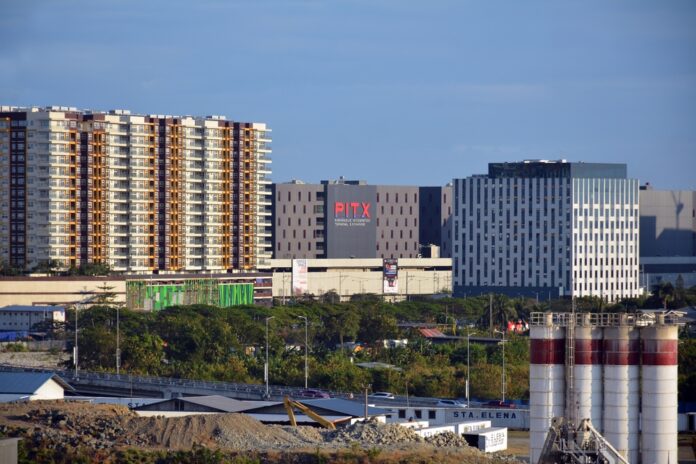The Parañaque Integrated Terminal Exchange (PITX), the country’s leading intermodal landport, is projected to surpass the 200 million passenger mark by the second quarter of 2025. This milestone underscores the terminal’s dominant position within the transportation infrastructure, with a steady increase in passenger traffic year after year.
Since opening its doors in 2018, PITX has rapidly become a critical hub, serving 150 million passengers by the end of 2024. This represents a 31.7 percent year-on-year increase in passenger volume, with 51.56 million passengers in 2024 compared to 39.16 million in 2023. The surge in passenger numbers reflects the terminal’s growing significance in the daily lives of commuters across Metro Manila and surrounding regions.
Jaime Raphael Feliciano, president of PITX, attributed the growth to expanded routes, improved facilities, and enhanced interconnectivity, particularly following the opening of the LRT-1 PITX Station in November 2024. “The consistent rise in daily foot traffic highlights the increasing reliance on PITX as a safe, seamless, and convenient transport hub. We take this as a responsibility to continuously innovate and expand our services to meet growing demand,” Feliciano said.
Between 2018 and December 2024, PITX reported a total of 178.9 million passengers and over 5.4 million vehicle departures across multiple transport modes, including city and provincial buses, jeepneys, and Transport Network Vehicle Services (TNVS). The terminal currently supports over 105 bus destinations, including 72 provincial and 33 in-city routes, facilitating significant mobility across Luzon and beyond.
In 2024 alone, PITX introduced six new routes in Luzon and two in the Visayas as part of its broader initiative to improve nationwide connectivity. These expansions are in line with Megawide’s larger vision to enhance the mobility landscape by adding more terminals and point-to-point (P2P) services. The planned Cavite Bus Rapid Transit (BRT) system, expected to integrate with PITX’s P2P routes, will further solidify the terminal’s role as a key node in the Cavite-Metro Manila corridor.
The integration of the LRT-1 PITX Station has already made a notable impact, with an estimated 20,000 passengers using the station daily. This seamless connectivity between rail and land transport bolsters PITX’s status as an essential intermodal hub for commuters.
Looking ahead, Feliciano emphasized PITX’s commitment to improving transport solutions nationwide. “Our long-term strategy is to solidify PITX as the gold standard for landports in the Philippines by expanding its intermodal capabilities and enhancing nationwide connectivity through strategic infrastructure investments. By doing so, we are not just improving commuter mobility—we are actively shaping the future of the country’s transportation network,” he said.







